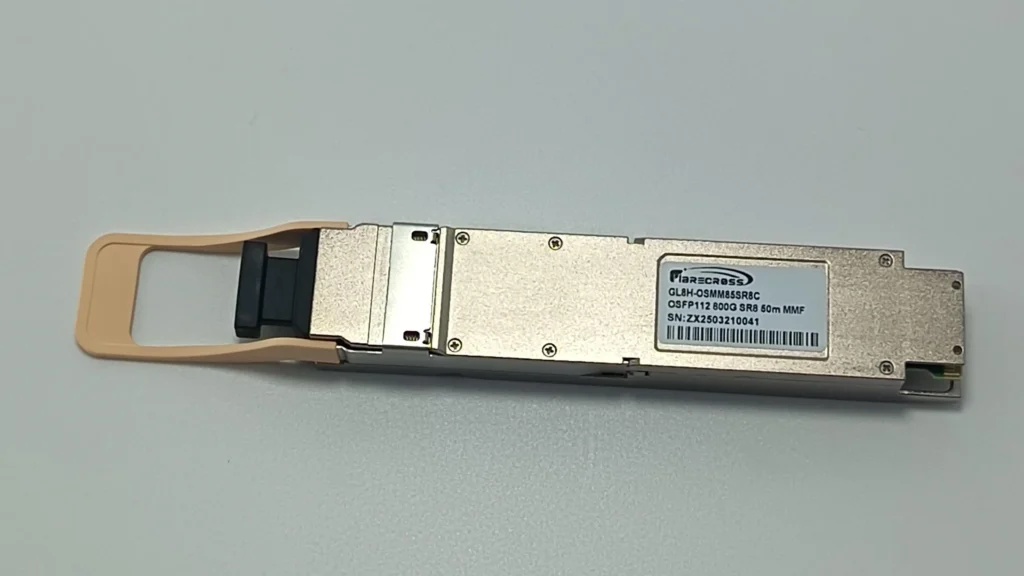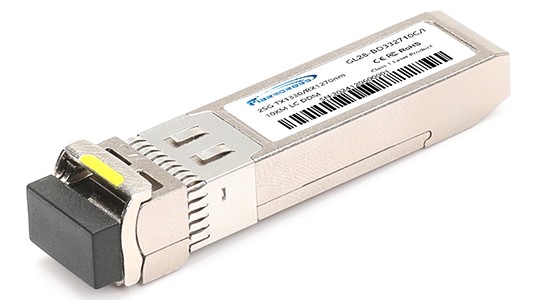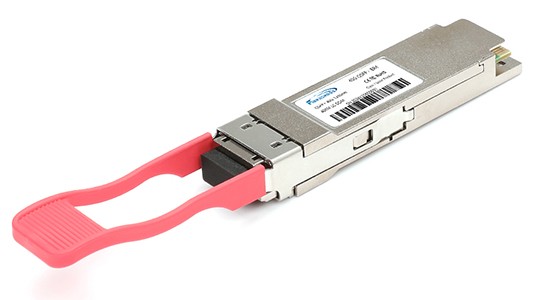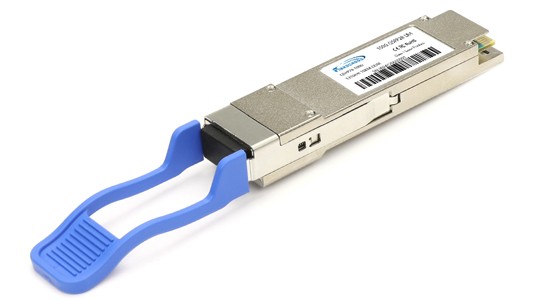What Happens When an Optical Transceiver Runs Too Hot?
Optical transceivers (SFP/SFP+/QSFP/QSFP28 and similar) are the backbone of modern fiber networks. While they’re designed to operate within specified temperature ranges, running a module above its rated operating temperature causes measurable performance degradation and can lead to permanent failure. This article explains what goes wrong, why it matters, and practical steps engineers and operators can take to prevent and mitigate heat-related issues.

How temperature affects optical transceiver components
High temperature impacts several internal parts in different ways:
Laser diodes (DFB, VCSEL): Output power and wavelength shift with temperature. Excess heat can push the laser outside its optimal wavelength and reduce optical power.
Photodiodes & TIA (receiver): Thermal noise increases, reducing receiver sensitivity and raising bit error rate (BER).
Electronic ICs & DSPs: Increased leakage current and timing drift can degrade signal processing and equalization.
Solder joints & PCB materials: Thermal cycling accelerates mechanical fatigue and can cause intermittent connections or open circuits.
Enclosure & connectors: Expansion and mechanical stress can increase insertion loss and reduce optical alignment over time.
Measurable performance impacts
When a transceiver operates above its rated temperature, you may observe:
Higher Bit Error Rate (BER): Lower signal-to-noise ratio and timing jitter increase packet errors and retransmits.
Lower optical output power / reduced receiver sensitivity: Link margin shrinks and previously stable links may drop.
Wavelength drift: DWDM/CWDM channels can shift, causing channel cross-talk or failed demultiplexing.
Throughput drops / link flapping: Error correction, retransmission and link re-negotiations reduce effective throughput.
Accelerated aging & shortened MTBF: Elevated temperatures increase chemical/physical degradation rates (Arrhenius effect), shortening useful lifespan.
Thermal shutdowns / sudden failures: Many modules include protection that forces a shutdown at extreme temperatures to avoid catastrophic damage.
Why this matters for networks & data centers
Reliability: Thermal stress is a major cause of in-field failures and unexpected outages.
Availability: Repeated errors or link drops harm SLAs and application performance.
Cost: Early replacements, troubleshooting labor, and degraded equipment life raise OPEX and CAPEX.
Safety & compliance: Operating outside vendor specifications can void warranties and invalidate compliance claims.
Immediate steps when you detect overheating
Check Digital Optical Monitoring (DOM): Read module temperature, transmit/receive power and voltage remotely.
Verify ambient and rack temperatures: Compare to the module’s rated operating range (commercial vs. industrial).
Reduce traffic load (if possible): Lowering utilization can reduce thermal stress temporarily.
Improve airflow: Ensure front-to-back airflow isn’t blocked and that perforated panels are correctly placed.
Move problematic modules: If safe, swap the module to a cooler slot or spare transceiver to isolate the issue.
Log events: Record timestamps, temperatures, link statistics and any physical changes for postmortem.
Long-term mitigation & best practices
Choose the right temperature class: Use industrial-temperature modules (e.g., -40 °C to +85 °C) for harsh environments; use commercial modules (0–70 °C) for controlled data centers.
Design for cooling: Plan airflow, blanking panels, baffles, and fan redundancy. Model rack-level thermal profiles during capacity planning.
Monitor continuously: Implement DOM monitoring, SNMP traps, and telemetry dashboards to alert on temperature and power trends.
Derating & margining: Maintain optical power and sensitivity margins; design links to tolerate some performance loss without outages.
Thermal qualification & burn-in: Test new modules under elevated temperatures and thermal cycles before deployment.
Firmware & throttling: Where available, use module or switch firmware features that reduce power (and heat) under thermal stress.
Prevent hot spots: Avoid placing heat-generating equipment directly above transceiver-dense blades; distribute load.
Spares & lifecycle planning: Keep industrial-grade spares and a replacement plan for modules approaching end-of-life.
Monitoring thresholds & alerts (practical guidance)
Warning threshold: Set an alert a few degrees below the vendor’s maximum rated temperature (e.g., 3–5 °C margin) to allow intervention time.
Critical threshold: Trigger automatic failover or technician notification at the vendor maximum to prevent damage.
Trend analysis: Prefer trend-based alerts (rising temperature over time) rather than single-sample spikes, to reduce false positives.
Note: Exact thresholds depend on the specific module’s datasheet. Always follow the vendor’s published limits.

FAQ
Typical commercial modules are rated roughly 0–70 °C; industrial modules commonly support −40 to +85 °C. Always check the manufacturer datasheet for exact ranges.
Yes — prolonged exposure above rated temperatures accelerates aging and can cause irreversible damage to lasers, receivers, and electronic components.
Use DOM readings, check for wavelength drift and power loss, correlate with ambient/rack temperatures and look for increased BER or link flapping.
Conclusion
High operating temperatures reduce performance, reliability and lifespan of optical transceivers. The best defense is a combination of correct product selection (temperature-class), good thermal design, continuous monitoring (DOM), and operational practices that maintain sufficient margins. For installations in harsh or poorly cooled environments, consider industrial-temperature modules and consult your vendor for thermal guidance.





